My beautiful Naples. Part 3. Paestum, Ravello, Salerno

Early in the morning we set off for Paestum. On the advice of experienced travelers, we set off at 7-20. At first, the train went to Salerno without stops, after that it was like a regular train with stops. We reached Paestum in an hour or twenty. The road from the station to the Valley of the Temples to go minutes
Paestum was a Greek colony founded in the 7th century BC. At present, three temples are well preserved, and at least when visiting Greece I have not seen temples in such a state of preservation (including on the Parthenon). Tickets are sold at the box office of the museum, I advise you not to go through it, because. pottery and all the surviving frescoes from the Valley of the Temples are collected there, surprisingly well preserved.
And this fresco of a diver (about 470 BC), which is the hallmark of the complex. It flaunts on all advertising brochures and posters. The fresco was on the tombstone and these are not water procedures, but a transition to the afterlife.
The temples themselves are below the level of the road and are clearly visible from behind the fence. There is free access to the temples, you can climb stones, touch them with your hands. The Temple of Athena is located at a considerable distance from the previous two. It was built at the very beginning of the 5th century. Previously, it was considered the temple of the goddess Demeter (aka the Roman Ceres).
The decline of Paestum began in the 11th century. Constant attacks by Saracen pirates, swampy soils and, as a result, frequent malaria epidemics forced its inhabitants to withdraw to the nearby hills, where they founded the city of Capaccio. Paestum itself was abandoned and went into oblivion for a long 7 centuries. The area of the complex is very large, and in addition to the temples themselves, you can see many other, albeit less expressive, ruins, mostly of the Roman period.
But the road was well preserved
Two temples stand close to each other.
The Temple of Neptune has several names: Hera 2, Zeus, Apollo. Some historical film was being shot there, and we were asked not to go in there for a while.
For the time being, we headed to Hera's temple. This is the oldest of the local temples, dating back to around 550 BC
Then we returned to the Temple of Neptune.
Hrpms up close leave a stunning impression, as do the Egyptian pyramids and the Roman Forums. We spent two hours in the Valley of the Temples, ample time. Once again a photo from behind the fence (there is a better angle) and on the way, because. I need to catch the return train to Salerno.
The train takes about forty minutes to Salerno. Initially, we had a plan to visit the temple in Salerno, where the Apostle Matthew was buried, then visit Ravello, but after leaving the station we saw a bus preparing to leave for Amalfi and decided not to waste time and do the opposite. The road to Amalfi went along the most picturesque mountain road with amazing views (the Amalfi Coast is included in the UNESCO list as a heritage of mankind). Last year we were in Amalfi and passed from the other side, from Sorrento. Now the picturesque road led through the prestigious towns of Maiori, Minori, Atrani. I don't like to take pictures through the glass on the go, so there are no photos of the road. In Amalfi, we also successfully transferred without delay to the bus going to Ravello, the road was familiar to me from last year, so it is very important to sit on the bus, because. the road winds strongly uphill and it is difficult to stay on your feet.
I must say that a trip to Ravello should be taken when the weather is cloudless, otherwise the whole point disappears, because people come here because of the stunning views. Last year it was cloudy and we did not manage to visit the planned places. Now the sun was shining with might and main. Of the two iconic places, we chose Villa Cimbrone. It is a 10 minute walk from the center of Ravello. The road winds its way through narrow streets.
Here is the villa
Entrance to the villa - 7 euros, with an art card discount - 4 euros. Villa Cimbrone was built in the 11th century. Its heyday was in the 14th - early 19th century, when the powerful Fusco family, who was related to the famous Florentine Pitti family, owned the villa. The villa occupies the very edge of the cliff, which ends with rocky walls towards the sea.
Now the expensive five-star hotel Villa Cimbrone is located in the house. Henry Moore, Thomas Eliot, Winston Churchill, Greta Garbo used to stay here.
The "Alley of Plenty" goes through the garden to the "Terrace of Infinity", for which tourists come here.
At the end of the alley is a gazebo with a statue of Ceres
And here is the "Terrace of Infinity" itself, during the season you won't be crowded here from those who like to take photos as a keepsake. Now there are only a few people. The terrace hangs over the mountain and the impression that you go into the clouds. The sun shone from the side of the cliff and it was impossible to take pictures from that angle.
And here are the views from the mountain
During the season there is a cafe downstairs (where the visitor sits on an armchair)
At the beginning of the 20th century, the Villa Cimbrone was significantly modified and expanded by the English politician William Beckett, who used architectural elements collected from all over Italy and other parts of the world for this. Beckett visited Villa Cimbrone on his trip to Italy and literally fell in love with it. It was Beckett who bought it in 1904 and began a large-scale reconstruction of the building and garden. On the initiative of Beckett, loopholes, terraces, covered galleries were built here, in which Gothic, Moorish and Venetian styles were mixed. Also, the garden, spread out on the cliff, was redesigned. In 1917, Beckett died in London and was later buried at the Villa Cimbrone, at the base of the Temple of Bacchus, in accordance with his will.
There are many picturesque places in the garden
In the city itself, the Cathedral of St. Panteleimon, which was closed for a siesta, is interesting
 There was time before the bus to Amalfi and we refreshed ourselves at the local supermarket. Prices here are touristic, not encouraging.
There was time before the bus to Amalfi and we refreshed ourselves at the local supermarket. Prices here are touristic, not encouraging.
The bus came back half an hour later than the schedule, and there were quite a lot of people. We visited the Amalfi Cathedral with the relics of the Apostle Andrew last year, so we immediately got on the bus and drove back to Salerno. The journey takes an hour and a half.
It was already evening in Salerno and we went up to the cathedral along Via Victor Emmanuel, which turns into the commercial Via Mercanti.
We liked Salerno, a convenient, pretty city, many different shops. Good location: close to Naples and the Amalfi Coast and Paestum. Good place for a basic location on vacation.
After walking a kilometer and a half, we turned along Via Duomo to the Cathedral di San Matteo (St. Matthew). It began to be built in 1080, and finally completed in 1085. The cathedral was opened after the consecration by Pope Gregory VII in 1084, whose tomb is also located inside the cathedral in the crypt (the pope fought for power with the kings and was expelled from Rome to Salerno, where he died). In 1688, the cathedral was badly damaged by an earthquake and restored in the Baroque style by the architect Sanfelice. The cathedral was also unlucky during the Second World War, when the Allies heavily bombed the Italian cities, regardless of the historical buildings. as a result, many cathedrals were badly damaged (in Messina, Padua, Florence), in 1943 the cathedral in Salerno was also badly damaged.
Gates of the Cathedral of the Masters of Constantinople
But the campanile is a century younger than the cathedral, and therefore it is already Arab-Norman, 56 meters high.
The interior of the cathedral is quite simple
20th century mosaic
however, the cathedral has two fine 12th-century ambos
The tomb of St. Matthew the Apostle is located in the crypt (entry 1 euro), the crypt was rebuilt in the 17th century by the architects Dominico Fontana and his son Giulio. The very tomb of St. Matthew is located under the altar with a canopy made by the same Fontana. Sculpture by Michelangelo Noccherino.
The grave itself was behind bars, until the 50s of the last century, the relics streamed myrrh. 

Many Salerno bishops are buried in the crypt.
After the cathedral, we walked around the city, it looks like the city was already preparing for Christmas.
Then to the station and after 40 minutes we were already in Naples. I did not even expect that the day would turn out so well. We saw everything we planned, despite quite a lot of transport crossings.








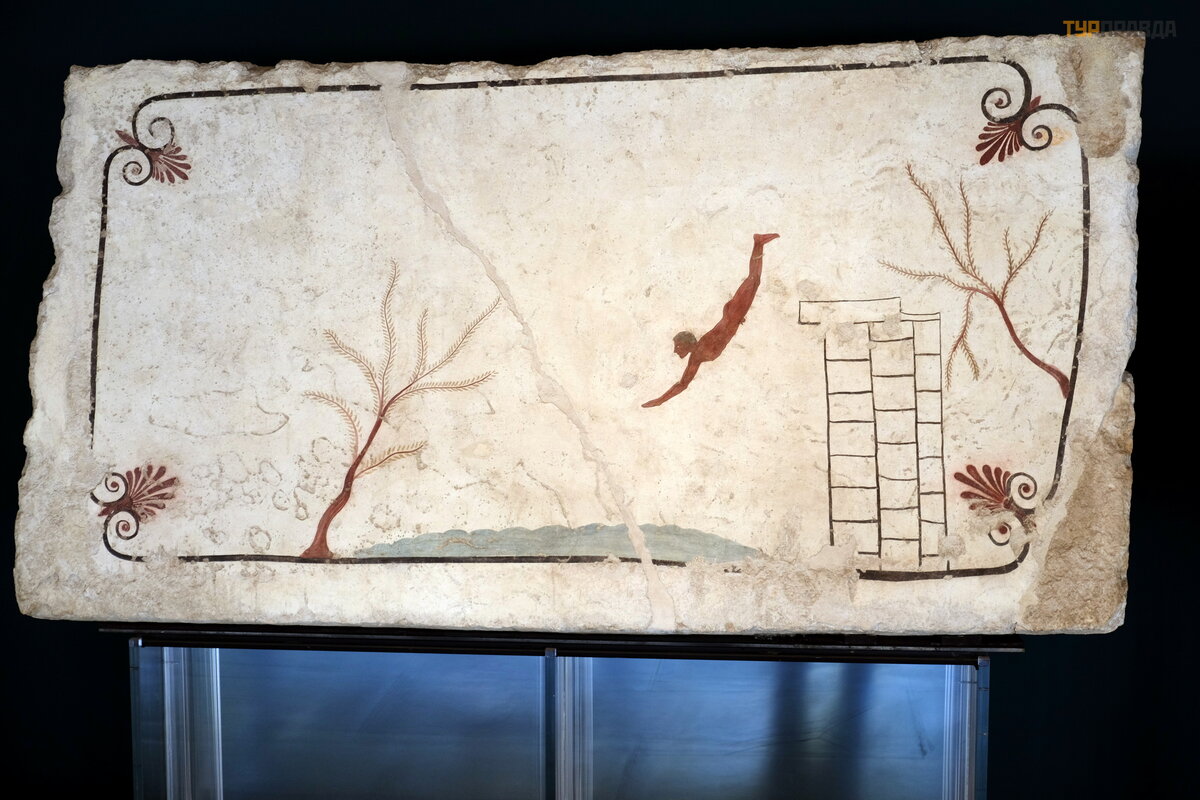
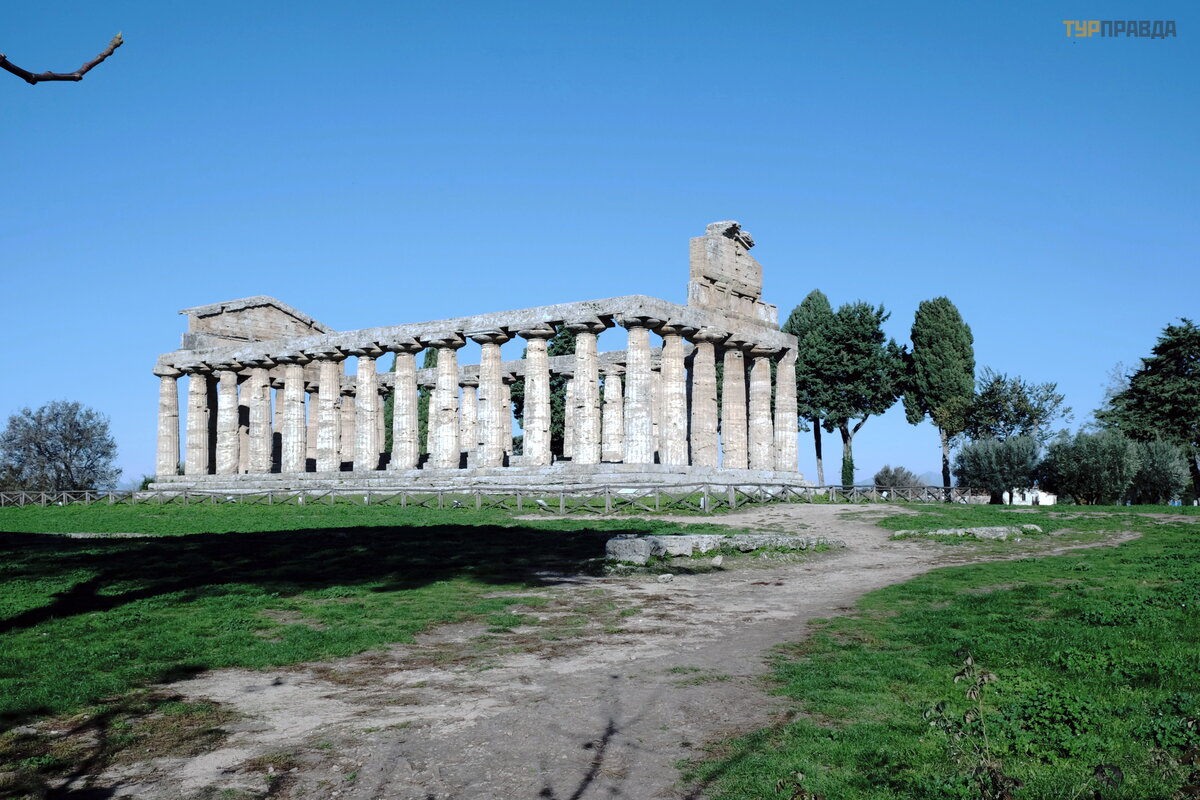

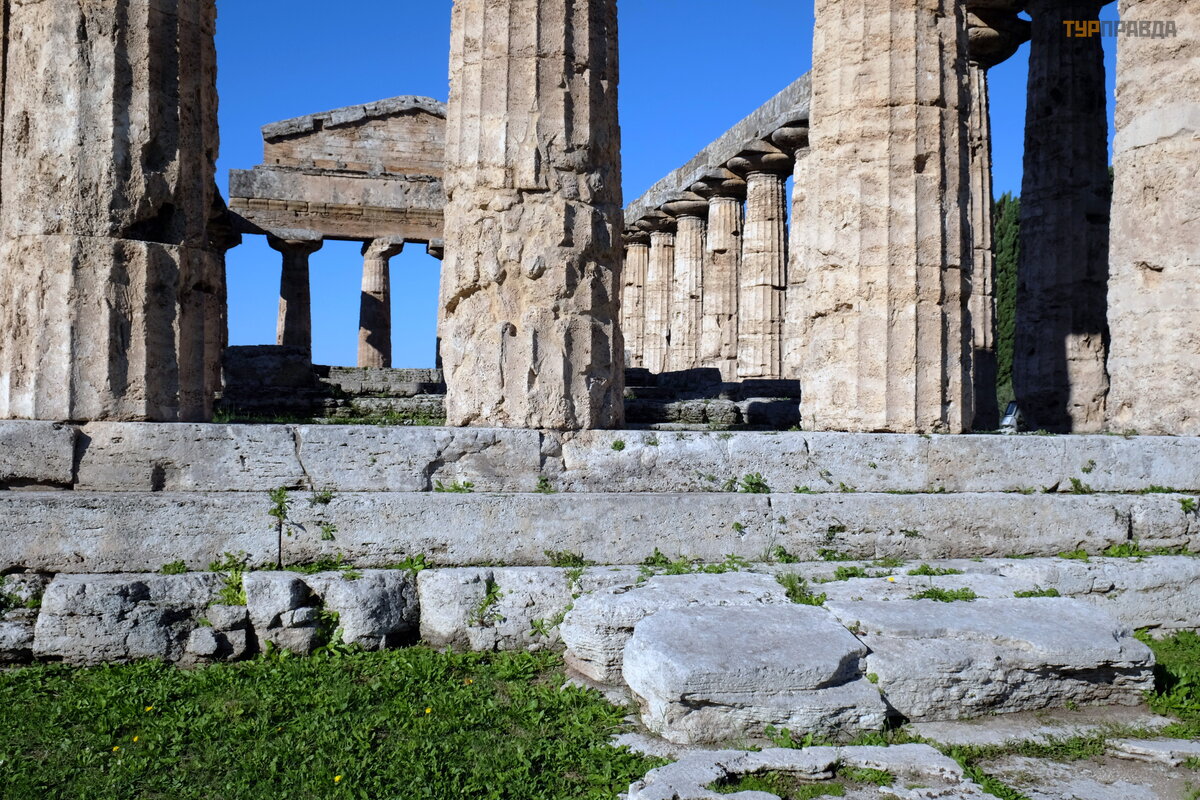


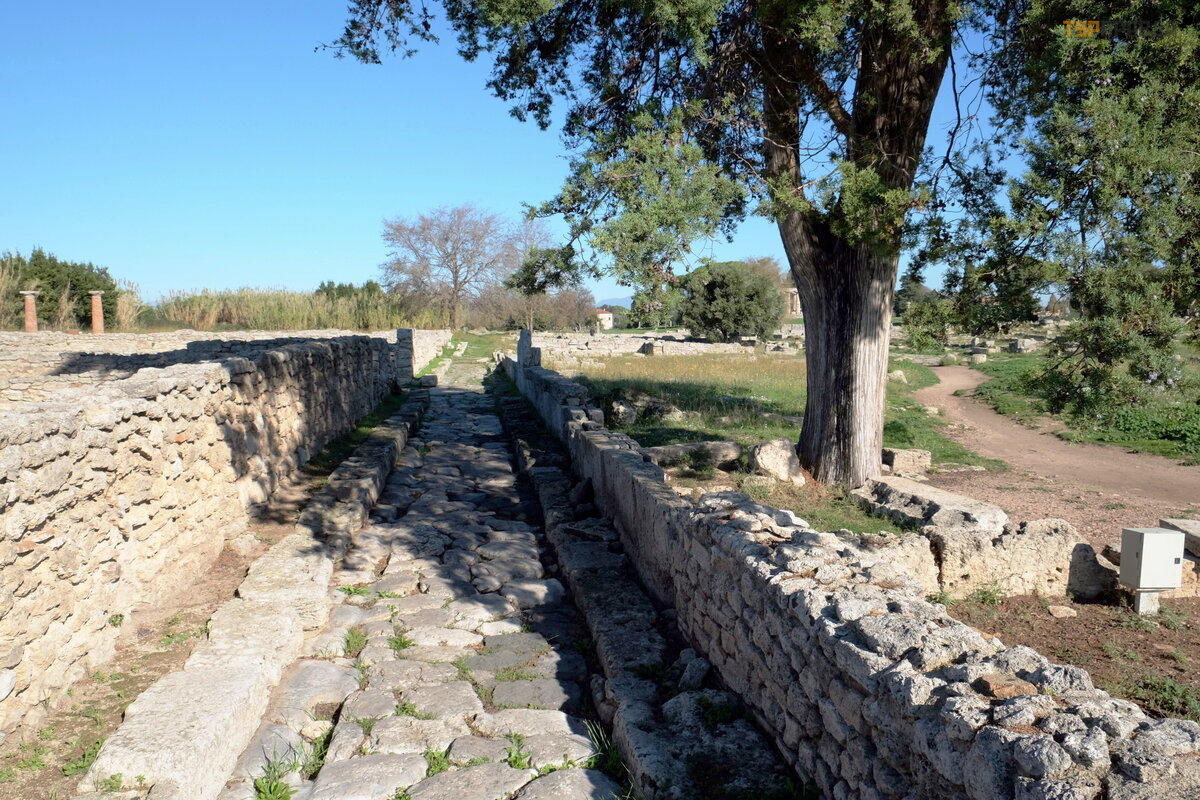





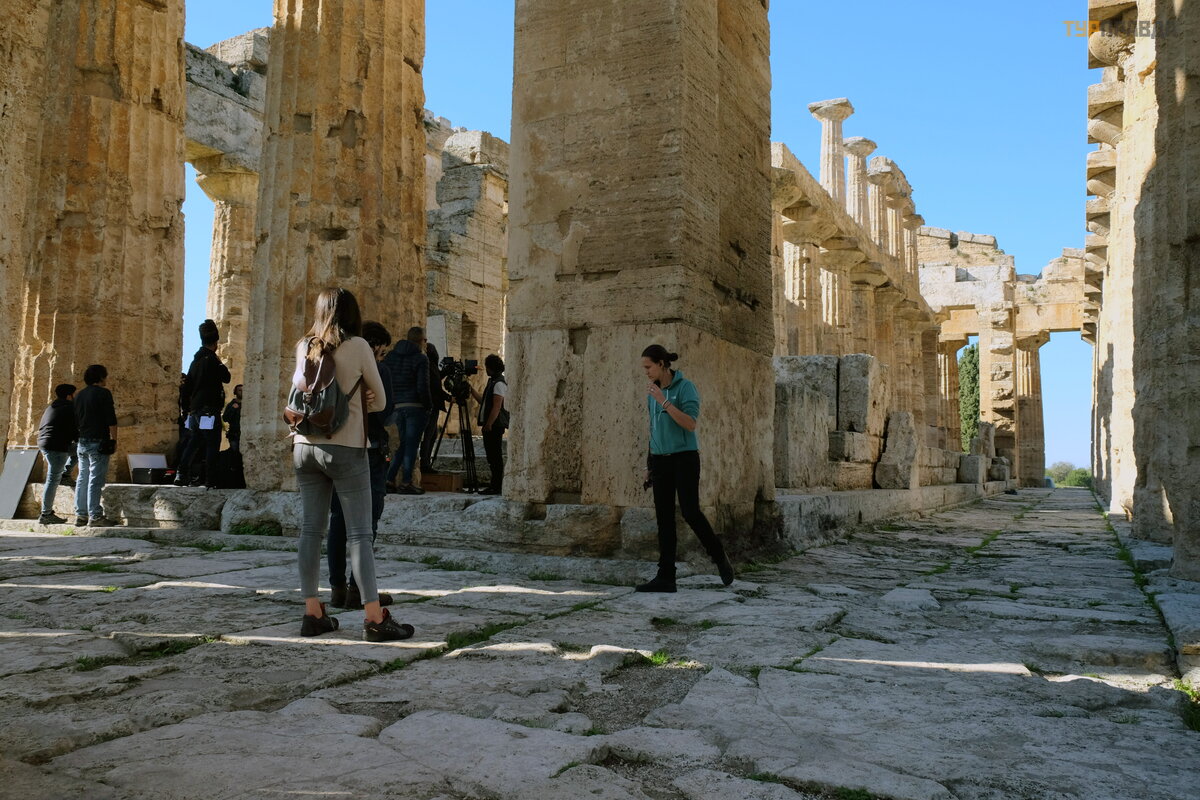
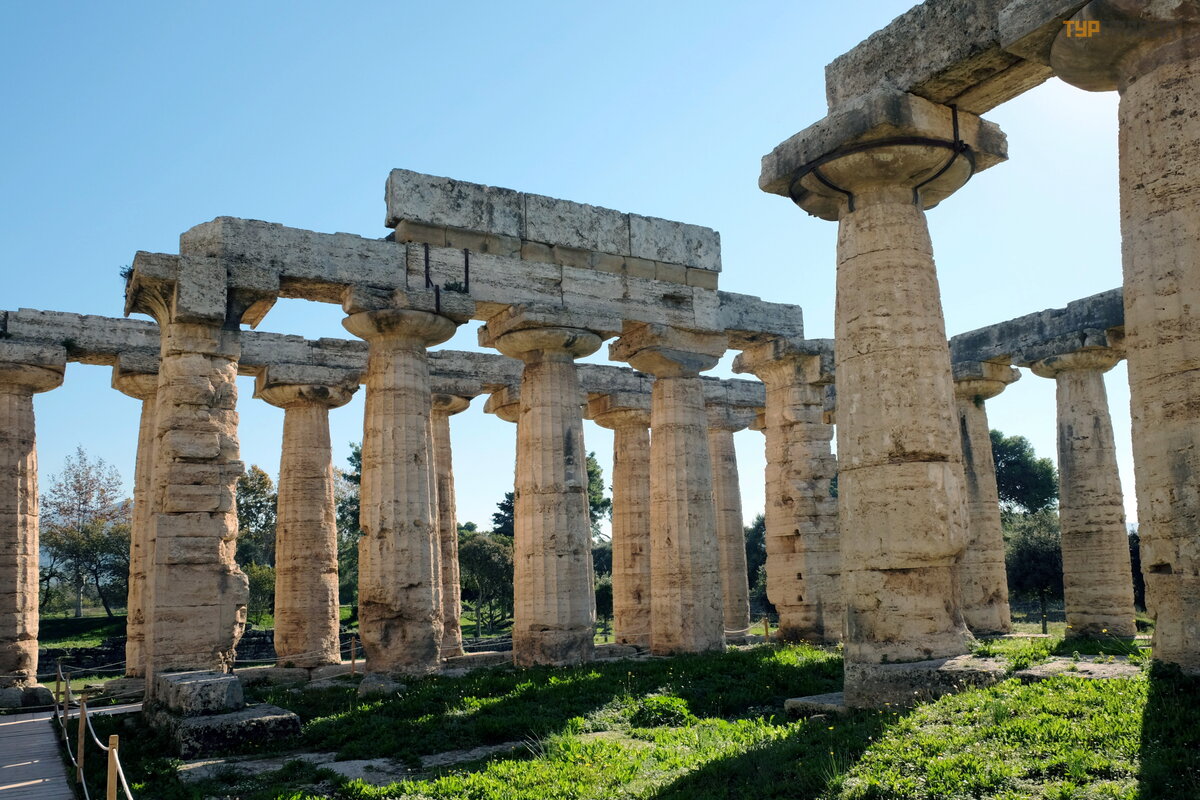
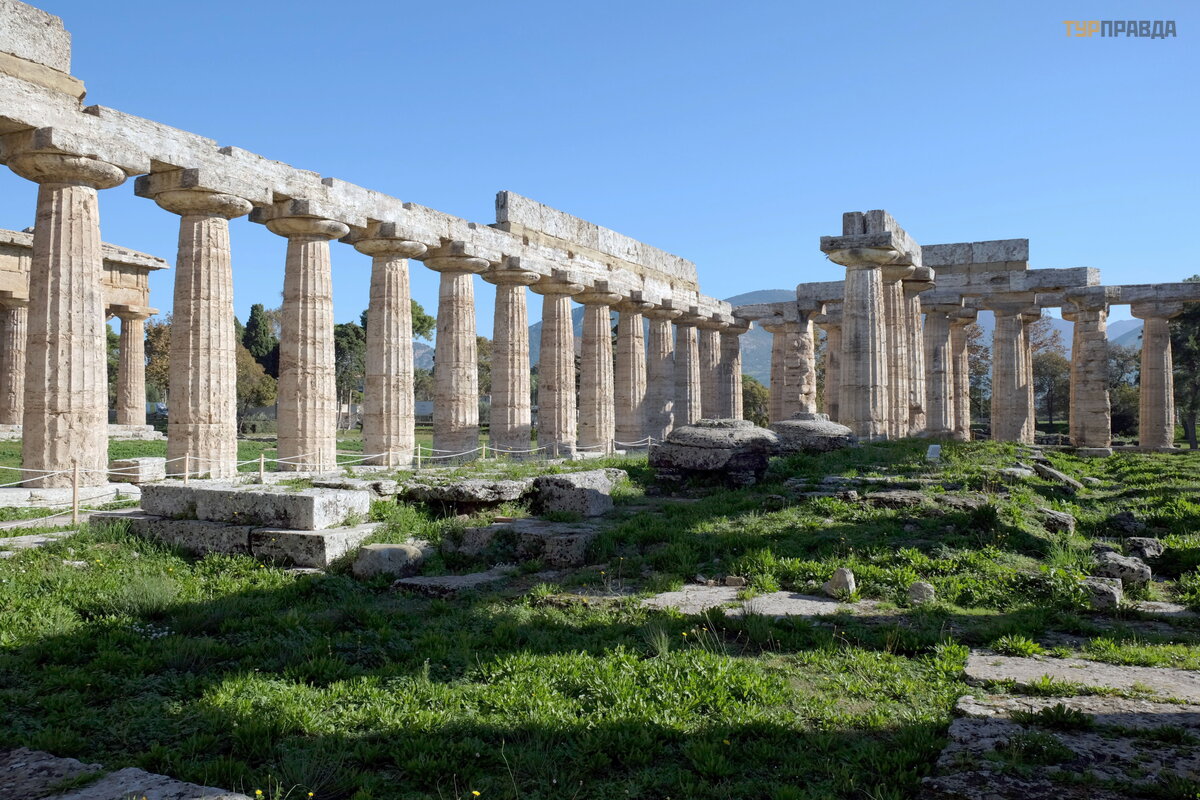
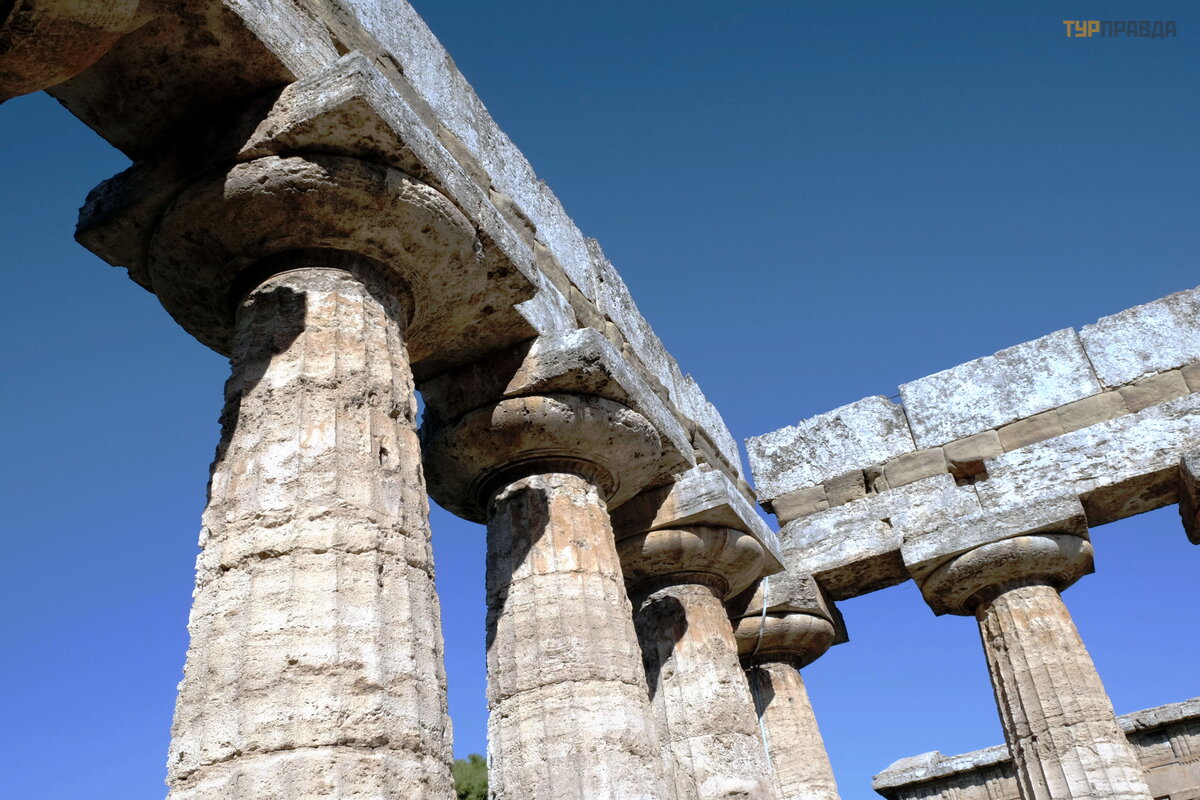











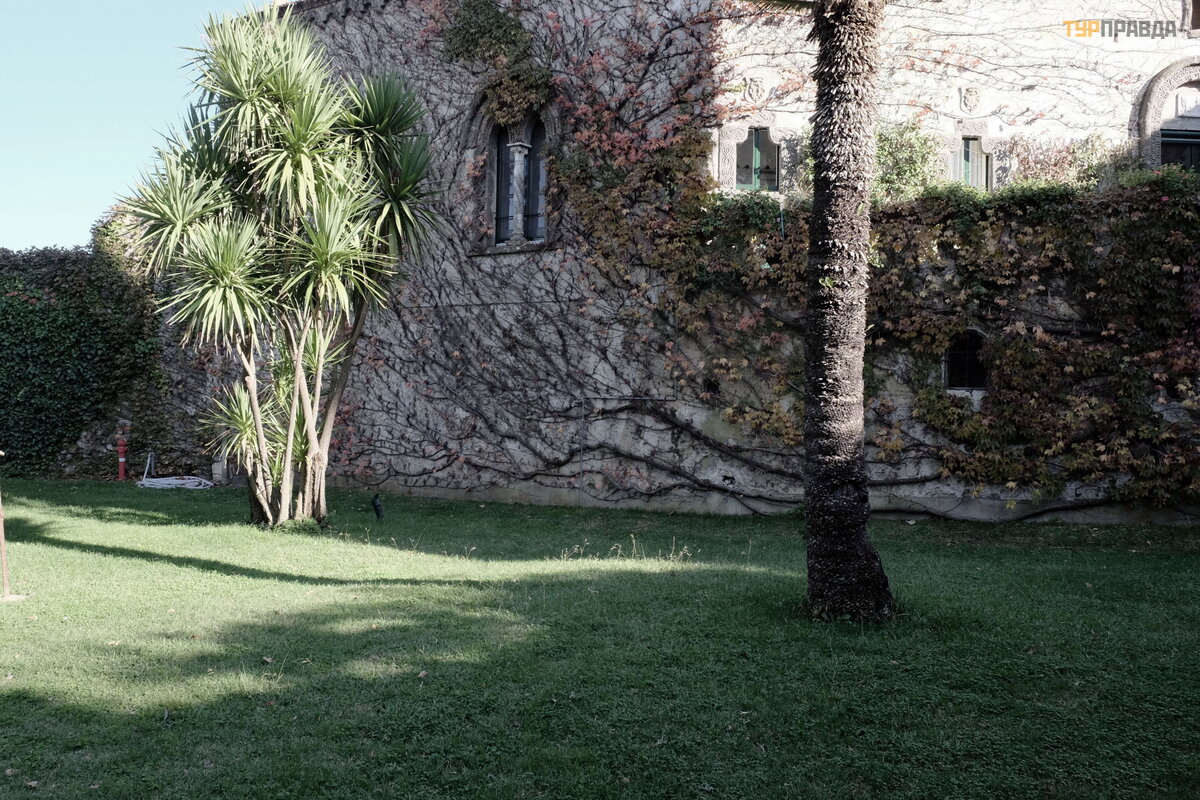
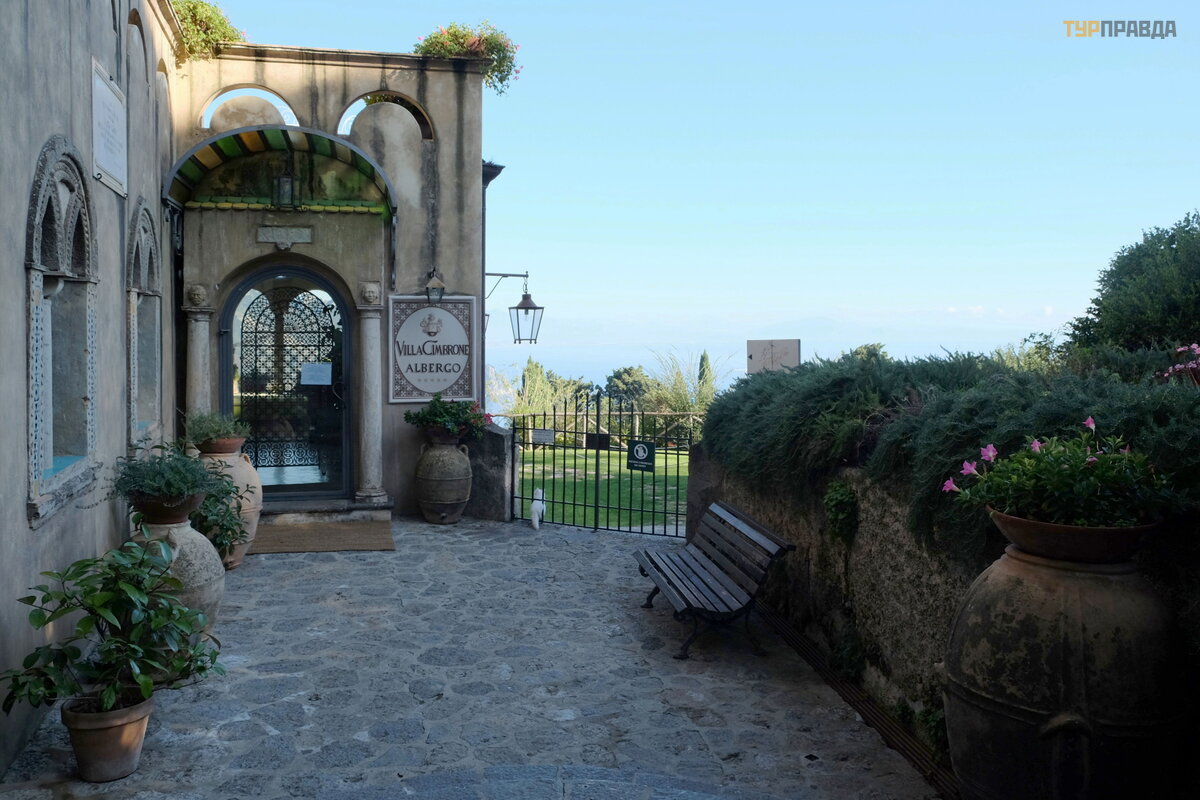








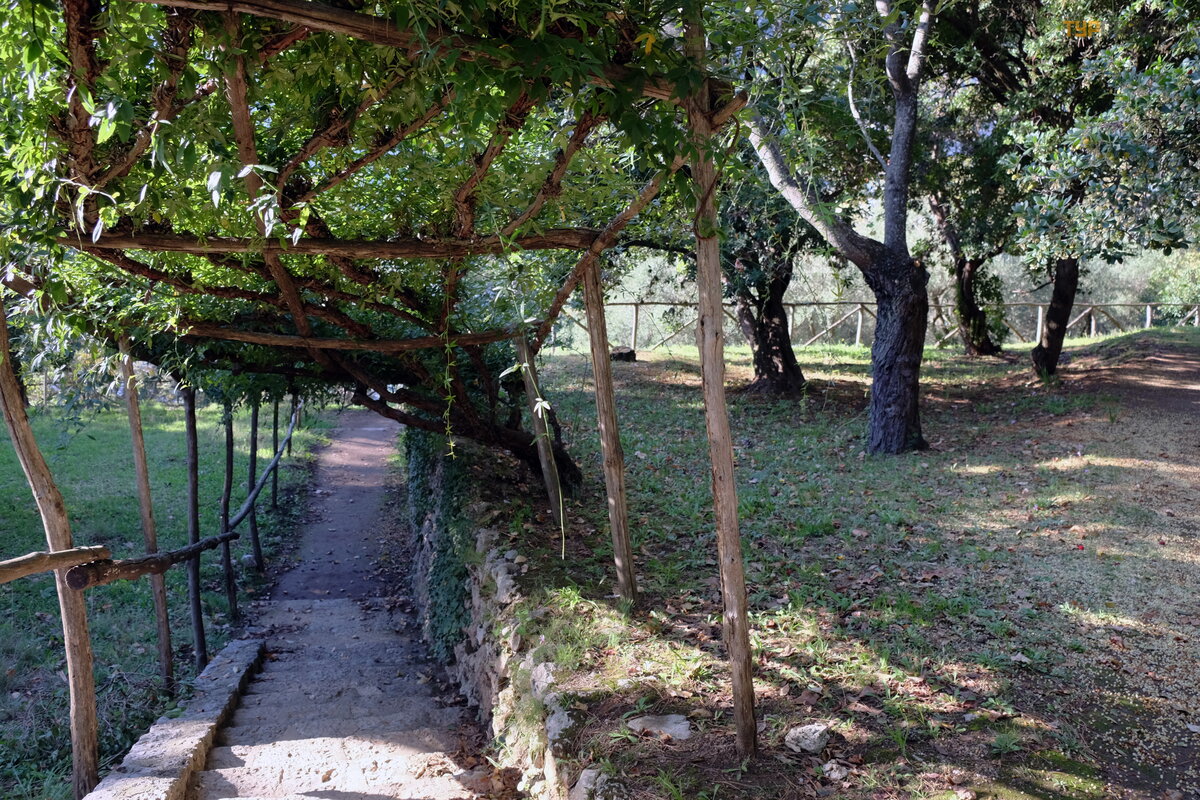




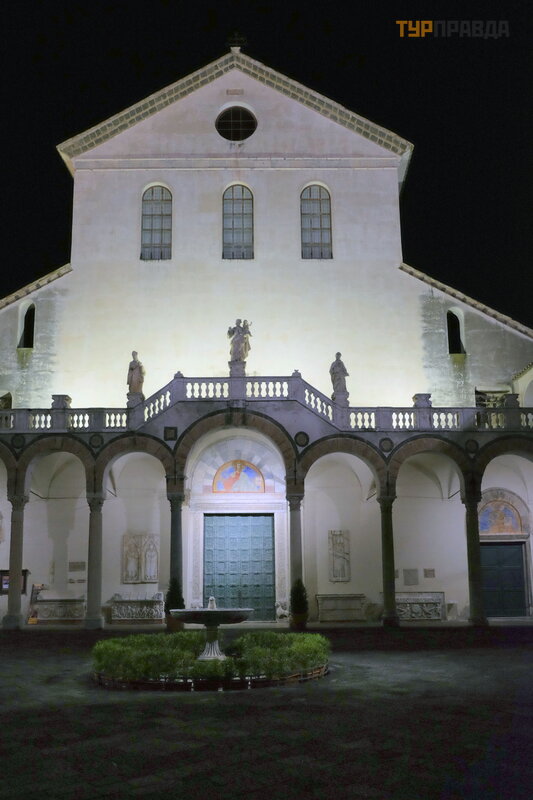

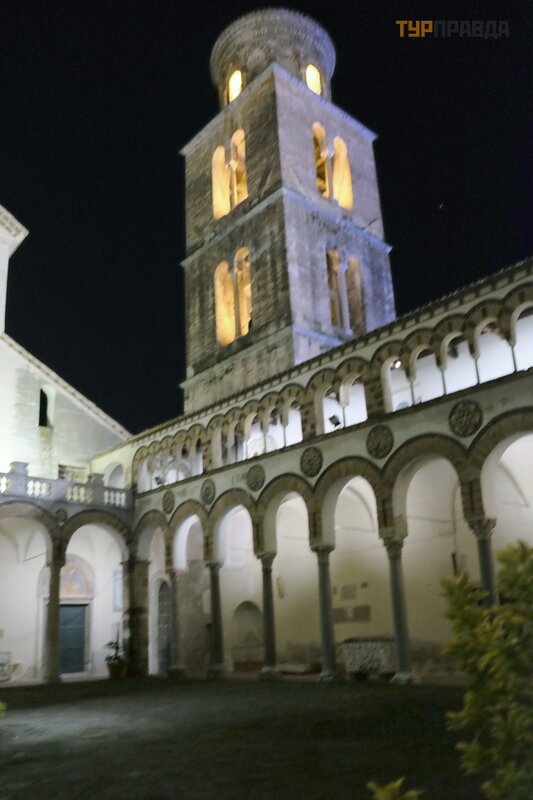




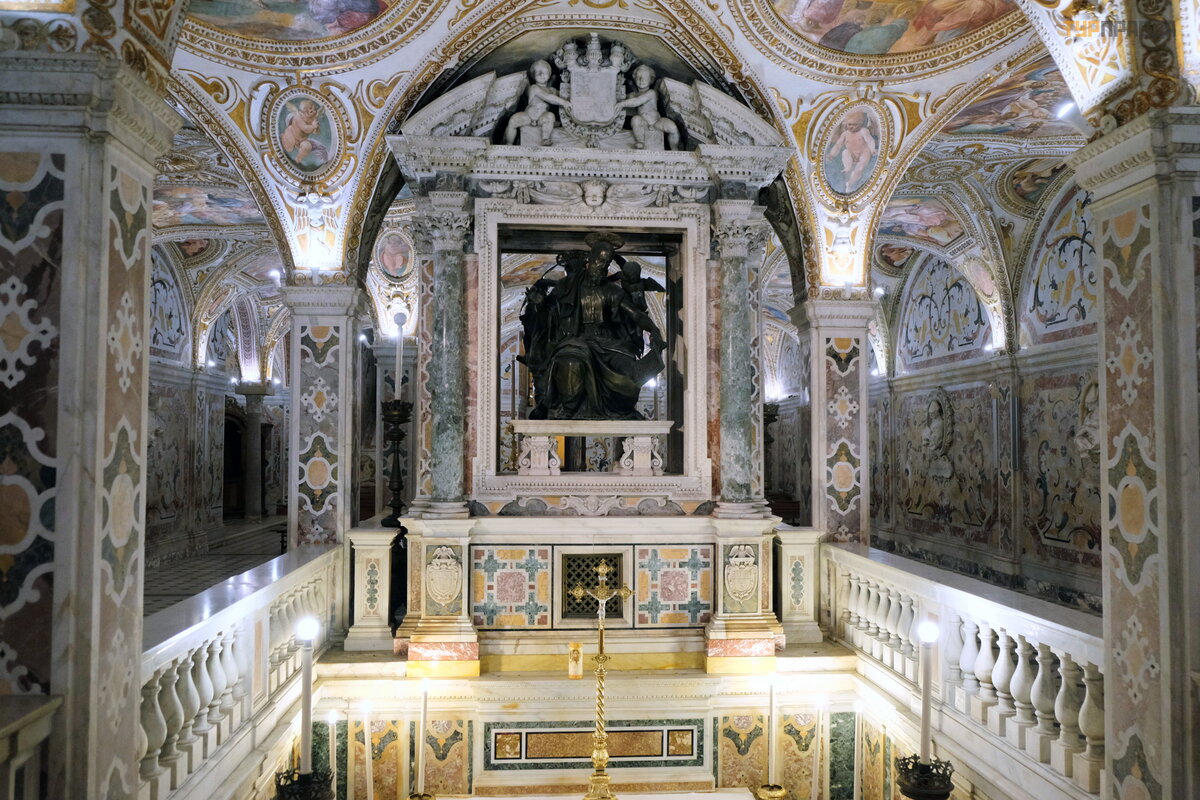



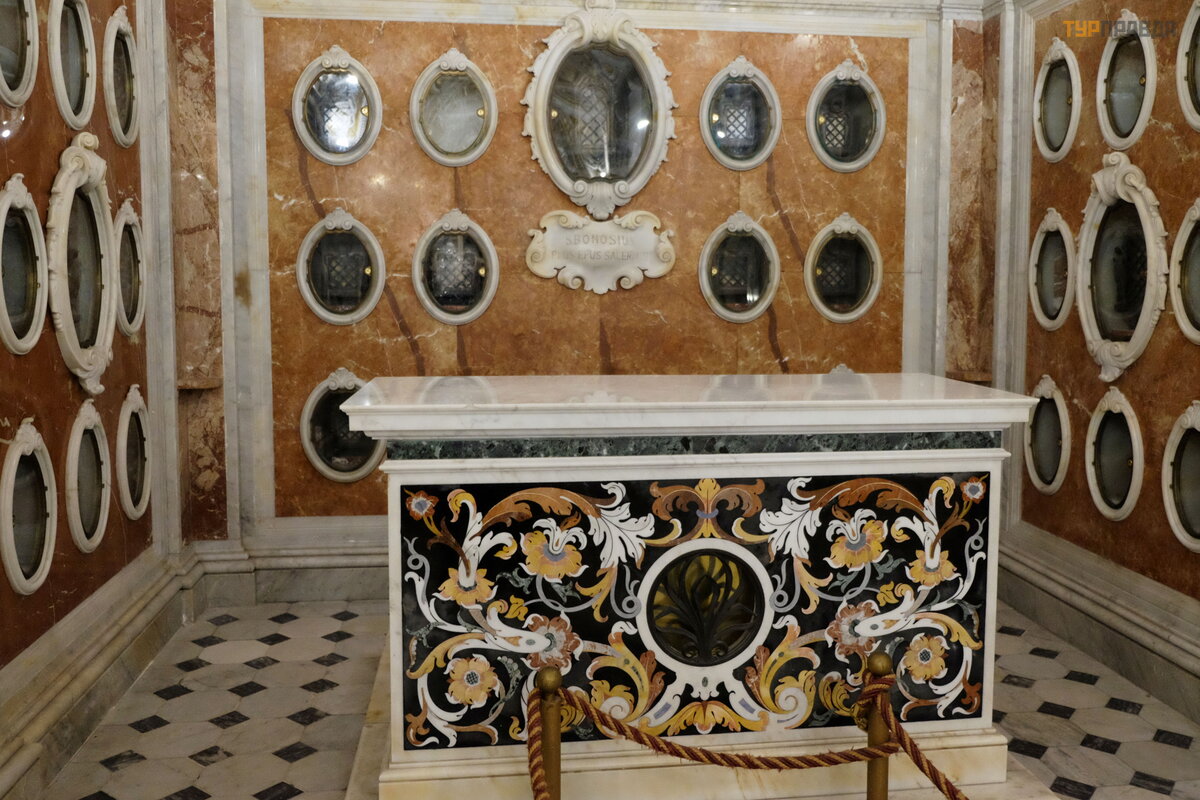





























































My God, is there a real dead head on display?
Бог ты мой, реально мертвая голова выставлена?
The head (skull) is hidden in a reliquary shaped like a face
Голова (череп) спрятана в реликварий, имеющий форму лица
My God, is there really a dead head on display?
Бог ты мой, реально мертвая голова выставлена?
The head (skull) is hidden in a reliquary shaped like a face
Голова (череп) спрятана в реликварий, имеющий форму лица